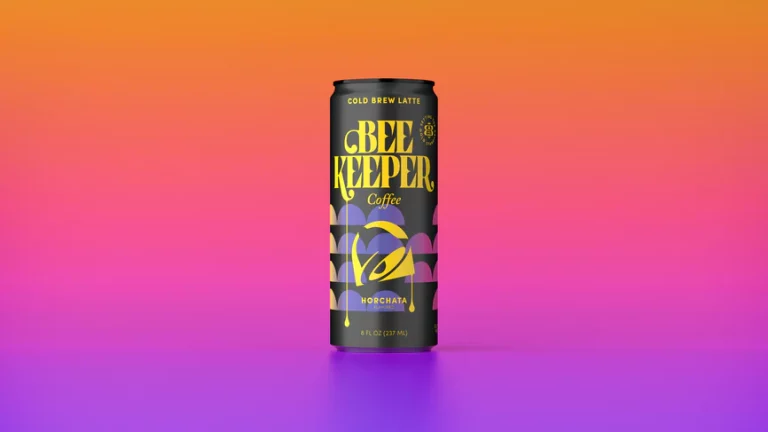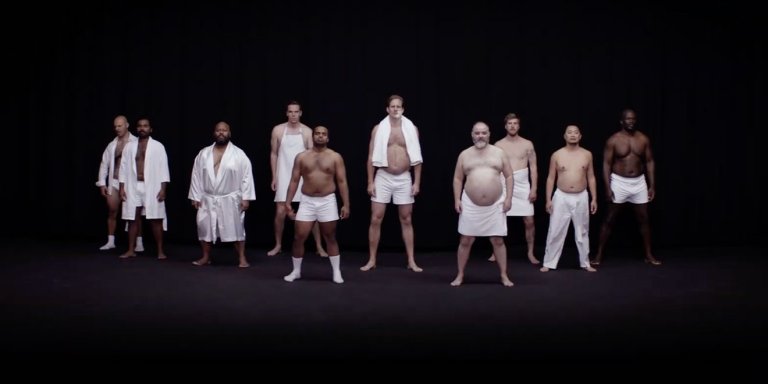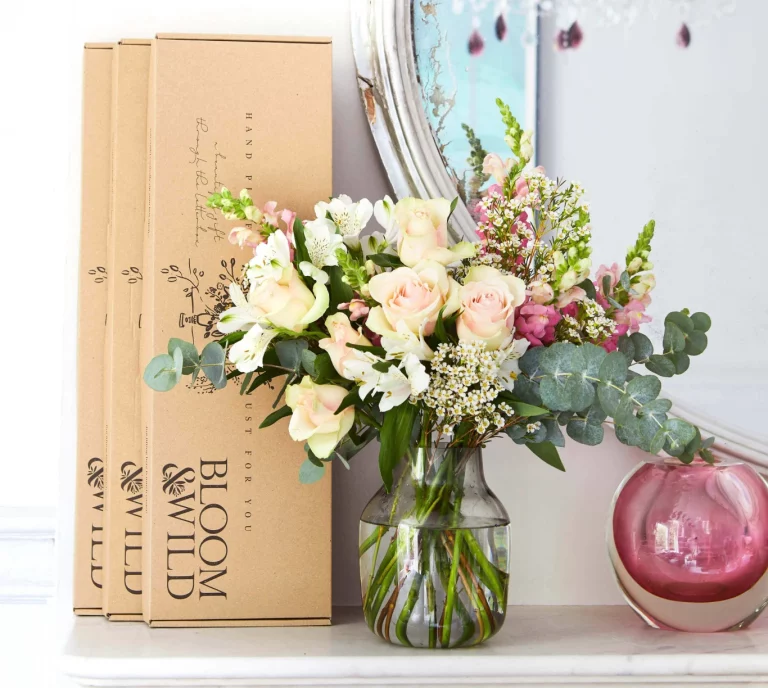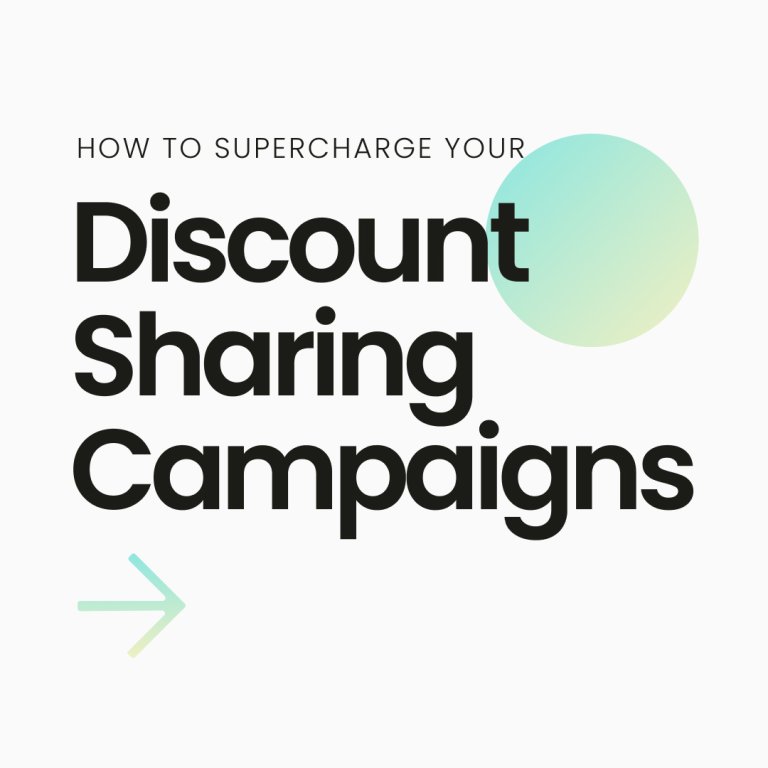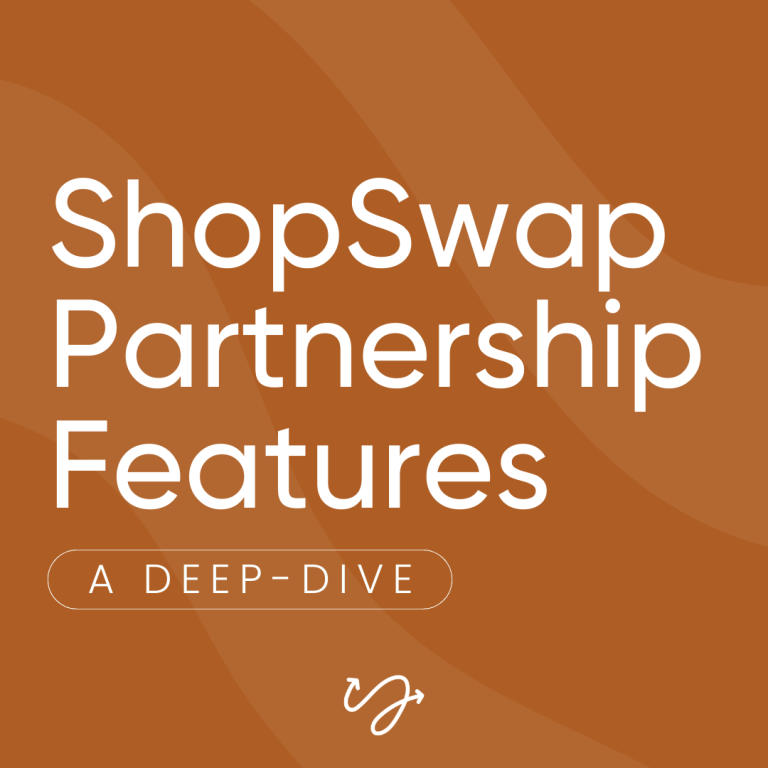A successful partnership marketing campaign can be hugely beneficial for you and your partner brand – but it can be difficult to know where to start. You might have asked yourself the question, what exactly do you need to create a successful campaign?
We’ve compiled a list of 8 key steps to help you and your partner set up and run the best campaign possible!
Let’s get started.
Finding the right partner
Here are the most important things to think about when choosing your partner:
- Whether your brands are similar in size
For your collaboration to be beneficial for the both of you, the ideal partner brand will be someone with a similar size audience to yours, so you’re both gaining the same amount of reach
- Whether they have expertise that you don’t
The more that you can learn from your collaboration, the better! Look out for brands that might be more experienced in areas where you aren’t, and vice versa.
- Whether you sell competitive products
The best partner brand will be someone who doesn’t sell products or services that are in direct competition to yours, but still make sense in the overall context of your brand.
- Whether you have a similar target audience
If your partner brand has a similar audience to yours (eg, female aged 20-35), it’s likely that their customers will also be interested in your products and services.
- Whether you have the same values
The most seamless collaborations are between brands who have similar values in mind. For example, if you’re a sustainable brand, look for other sustainable brands to partner with. If you’re a women-led business, do the same.
Choosing the right campaign
Once you’ve found the right partner brand, you’ll need to decide what kind of campaign you’d both like to run. Here are some examples of different campaigns you could try out:
- Social Media Cross-Promotion
This partnership works best for brands that have a large social following. The idea is that both you and your partner brand will create a social media post that promotes the other. Keep in mind when creating your content that the best posts are ones that look organic!
- Email Cross-Promotion
This partnership works best for brands that have large mailing lists, so that you can promote each other to your email audiences. This can be something as simple as a shoutout to your partner with a joint discount code that works for both of your products.
- Gift with Purchase
This partnership works best for brands that have low order value products or samples. It’s all about getting your physical product into potential customers’ hands. Simply send over some of your products to your partner brand, so that they can include them as a gift with their customer’s future orders.
- Long-form Content Collaboration
This partnership works well for brands with a strong social media presence. You and your partner can team up for a guest blog, podcast appearance, youtube video, or webinar.
- Giveaway/Contest
This is another partnership that’s great for brands with low order values or samples. You and your brand partner can announce a joint contest on your social media accounts, where your followers can enter to win a prize made up of both of your products!
- Co-Discount
This partnership can work for all brands! You and your partner create a discount offer that can be shared to the other’s social media pages (e.g. 20% off both of your products for the next week)
Create your ideal customer persona
For a successful campaign, you’ll need a clear image in your mind of who your ideal customer would be. Once you know who you’re trying to reach with your campaign, you can create content specifically tailored to them and their interests. For example, if your ideal customer is someone in their teens, you’ll know to use a more informal tone of voice in your posts, and to use a platform that’s suited for that age range (like Tiktok or Instagram).
Define your goals
Once you’ve decided which campaign will work best for you and your target audience, you’ll need to think about exactly what you want to achieve and establish clear goals. Do you both want to boost sales? Increase your social media following? Tap into a new audience? It’s important that both teams understand exactly what you’re working towards and what the project is meant to achieve. Both companies should be aware of the other’s targets and objectives so that they know how to meet them!
Set a budget
One of the best things about partnership marketing is that you can achieve great results whilst saving money. It opens up the opportunity to afford things that you might not have been able to alone, since you’re pooling your resources together! You’ll need to decide what kind of budget you’d like to set aside for the campaign, and discuss with your partner brand what theirs is.
Plan, plan plan
The next step is to create a timeline of events. It’s a good idea to get together to brainstorm different ideas and to discuss which tactics you can use to get the best results. Decide between you both who will be managing which aspects of the campaign, so that everyone is on the same page and your collaboration runs smoothly. It can be beneficial to discuss what you and your partner each excel at, so that you can assign areas of the campaign that play to the strengths of each business.
Get creative
It’s time to start creating your campaign! Now that you’ve decided who’s in charge of what, you can start putting the plan into action. Your teams will need to work together to create content that is suited to both of your styles (this might require some sort of compromise). When you’re both happy and have each given your approval, your campaign is ready to go live.
Tracking and monitoring success
Once your campaign is live, you’ll need to keep a close eye on how it’s going. It’s best to track your progress every step of the way so that you can assess the results and see what’s going well (and perhaps what isn’t). You can use data and analytics to see what your campaigns strengths and weaknesses are, and make adjustments where you see fit. There’ll always be something that you’ll learn from the collaboration that you can use to improve your next one!


